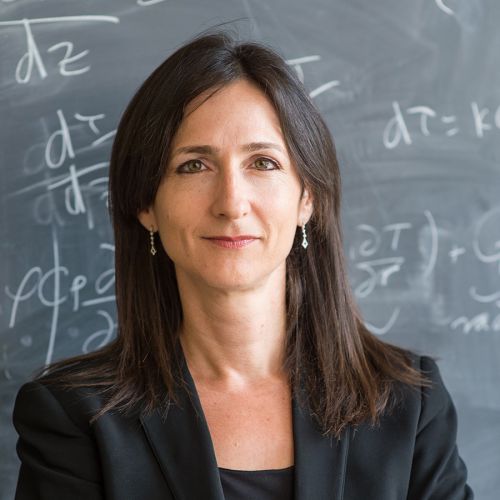
Sara Seager
Astrophysicist and Planet Hunter
SARA SEAGER, 46, has been called the Indiana Jones of astronomy. An astrophysicist at MIT, Professor Seager is on a quest for the holy grail of planetary science: a second Earth. A pioneer in the field of exoplanetology, she invented the concept that forms the foundation of exoplanet atmosphere studies today. She and colleagues also made the first detection of light emitted from an exoplanet and the first spectrum of an exoplanet.
“I like to think of finding a true Earth analog as the completion of the Copernican Revolution," she says. "Copernicus started a new paradigm when he said that the Earth was not the center of the universe. If we can identify another Earth-like planet, it comes full circle, from thinking that everything revolves around our planet to knowing that there are lots of other Earths out there.”
When she began her PhD thesis on exoplanets in the mid 1990s, there was skepticism about their detection, and her work was initially ignored. As of April 25, there have been 3,717 planets detected around 2,794 stars, and astronomers estimate that there are 100 billion planets in the Milky Way alone. Seager's work is the blueprint for finding another Earth. For recreation, the MacArthur “Genius Grant” Fellow and mother of two likes to return to Canada—her country of origin—and visit her family cottage on one of the Great Lakes.